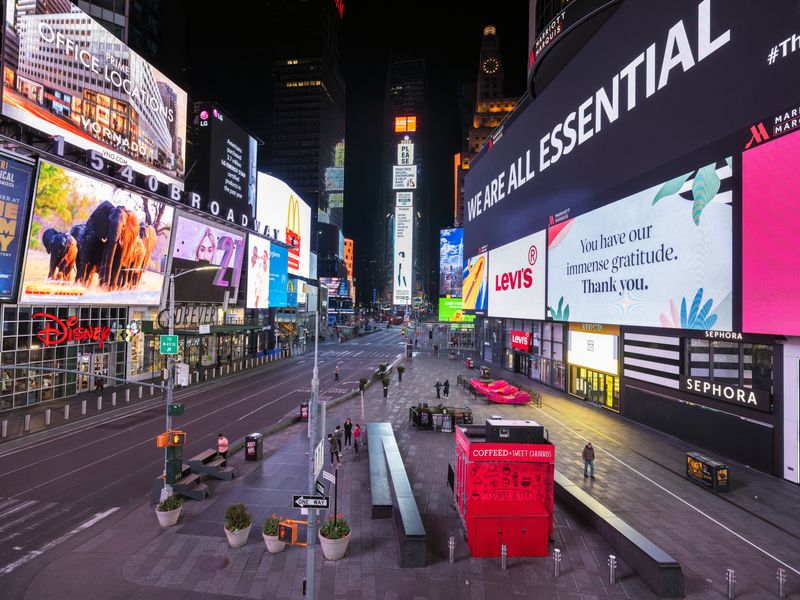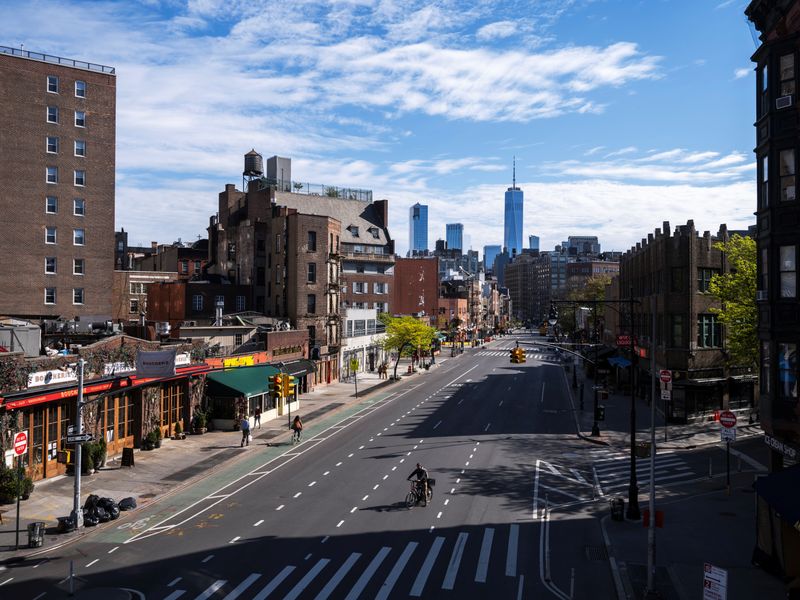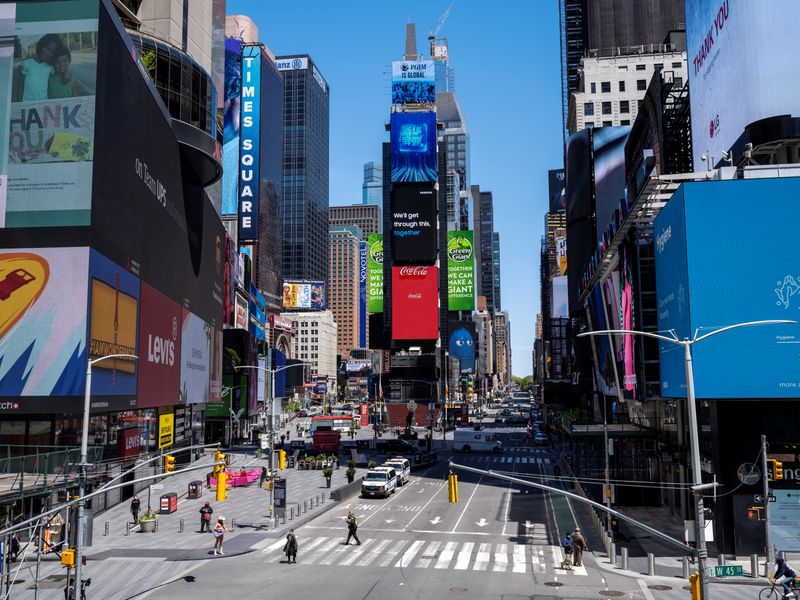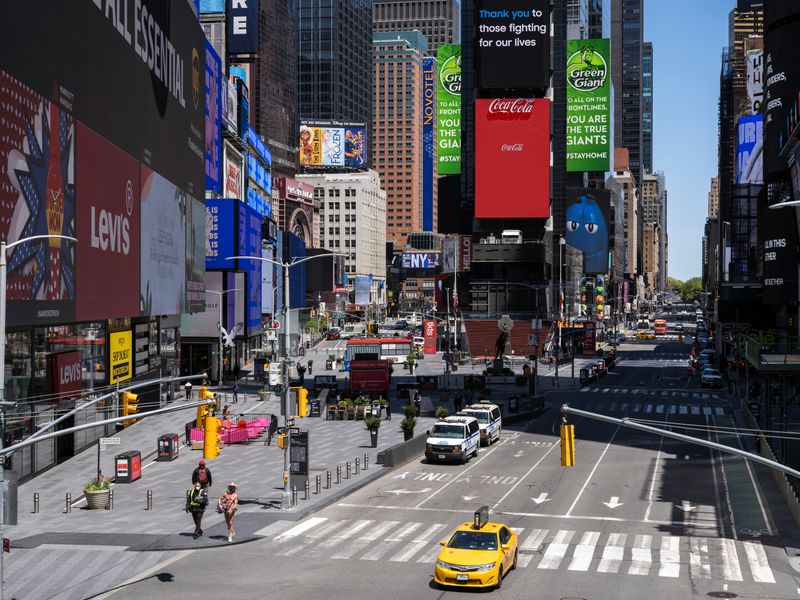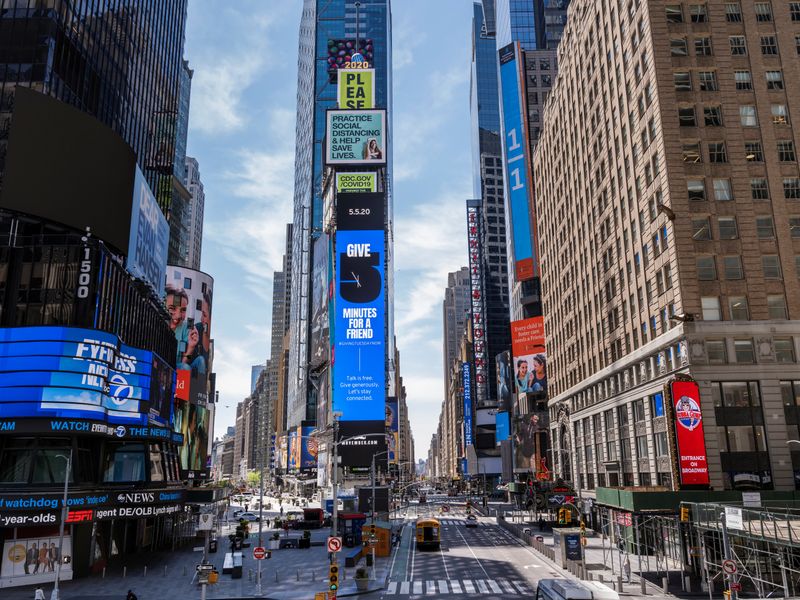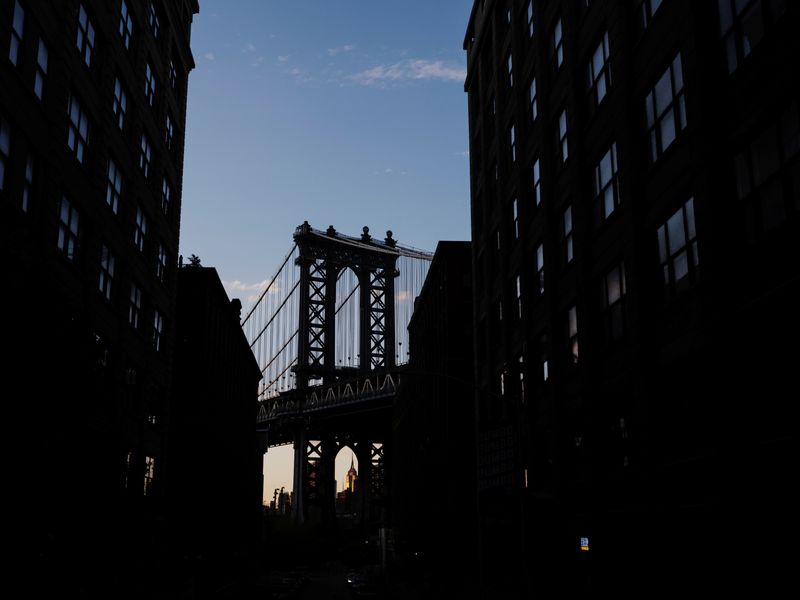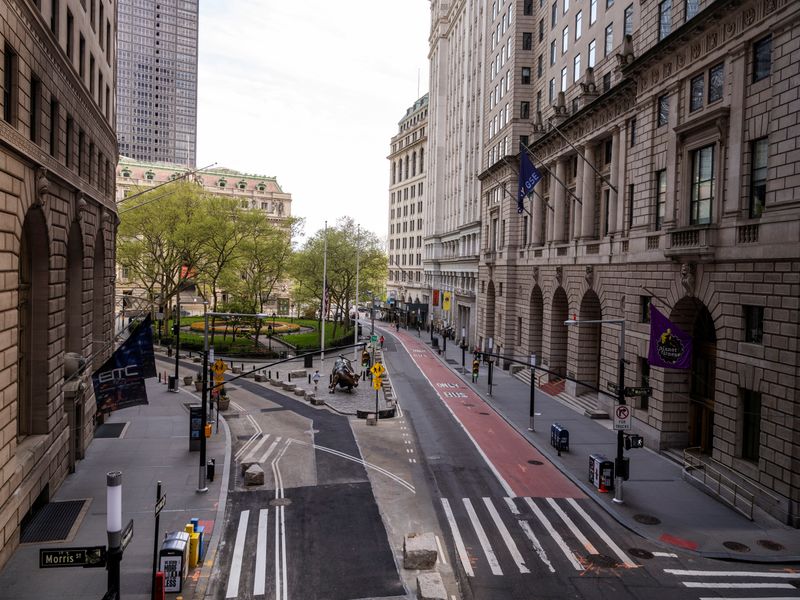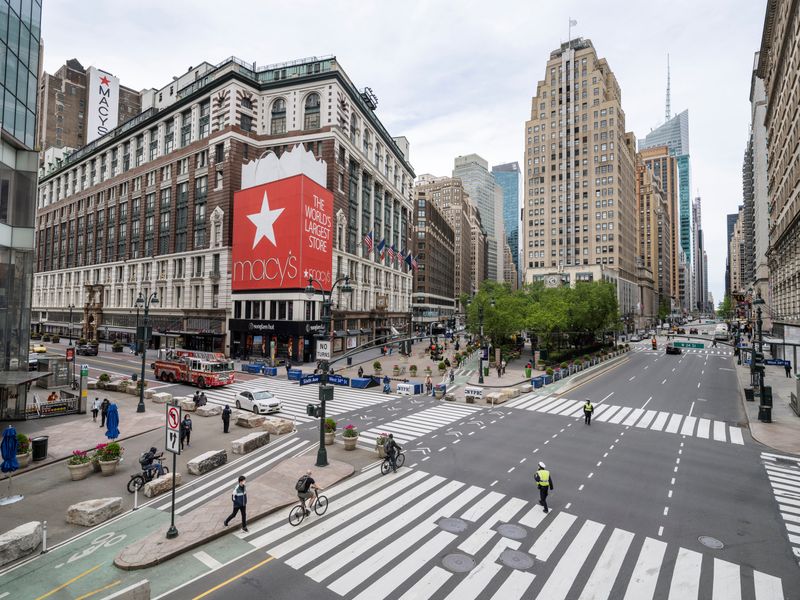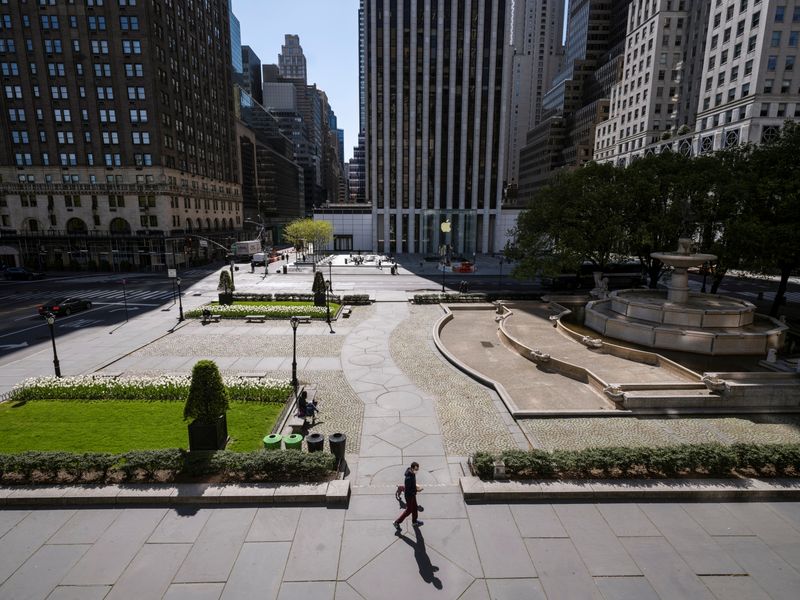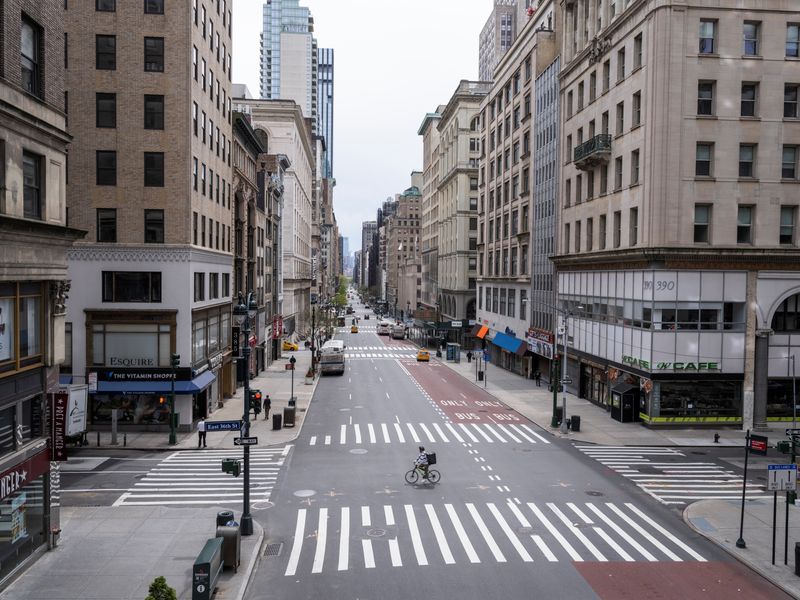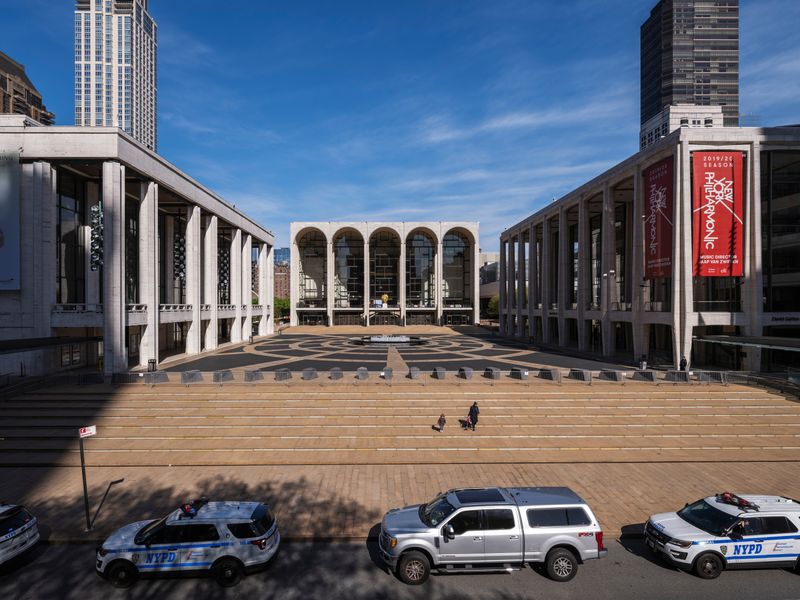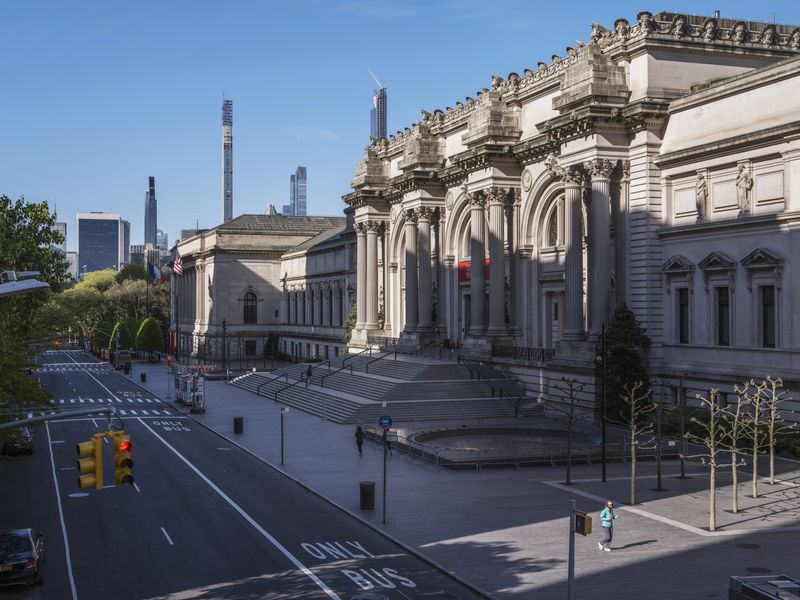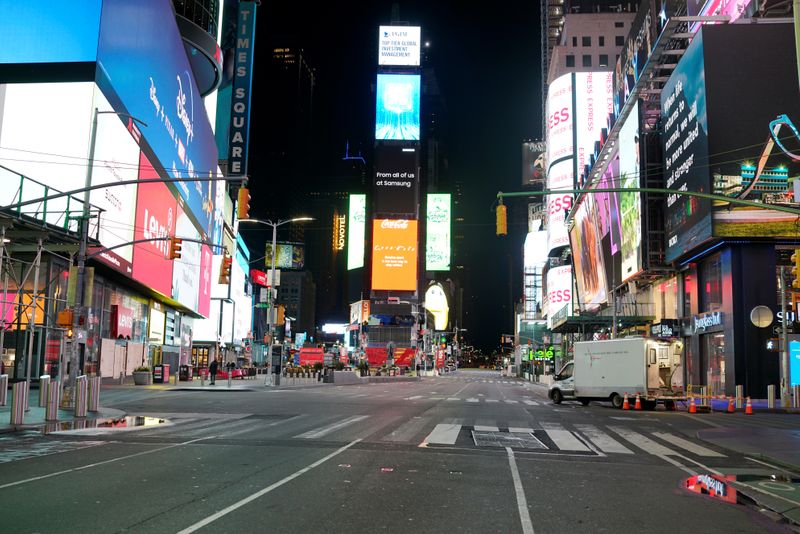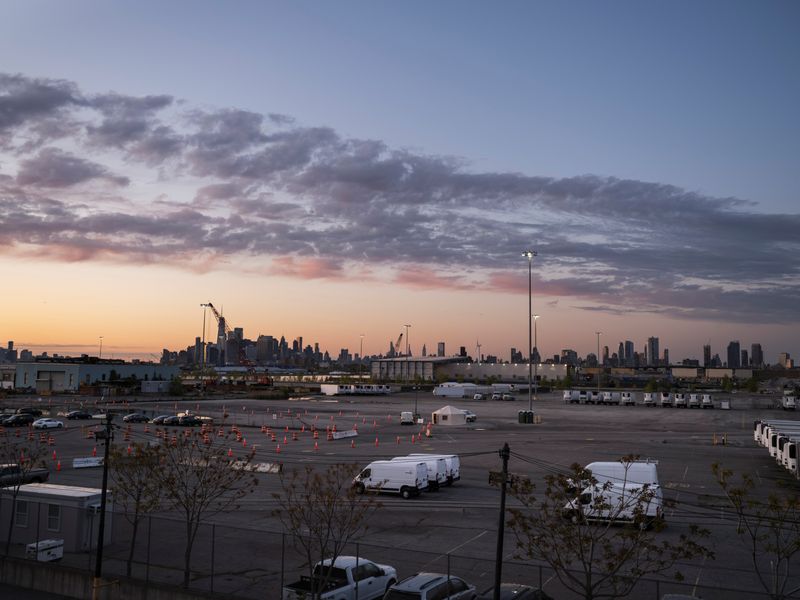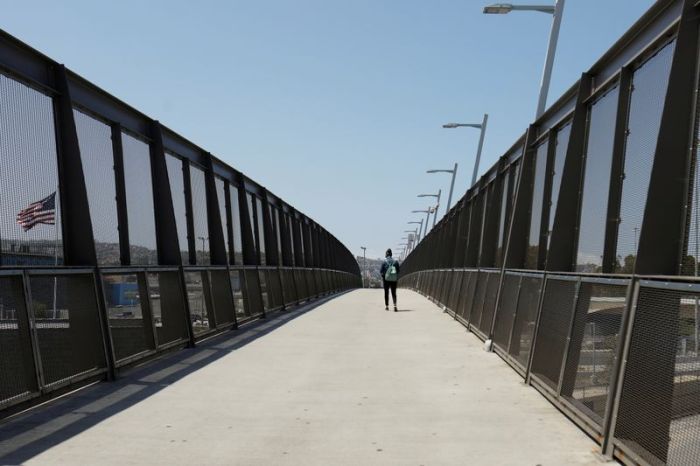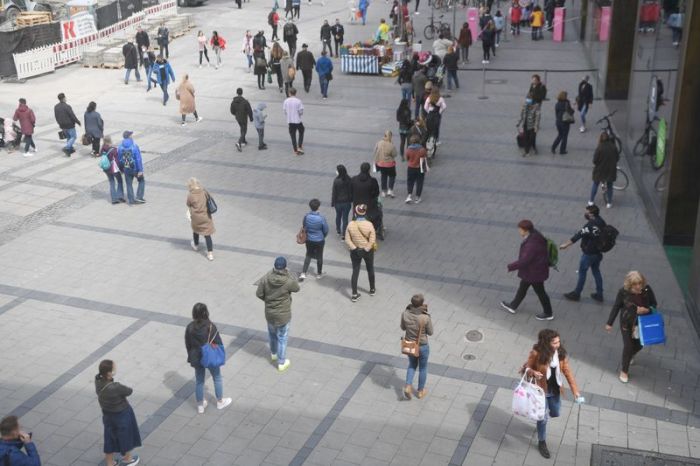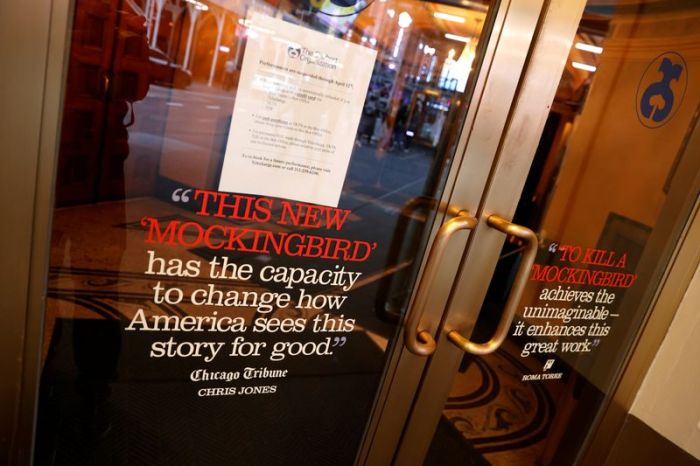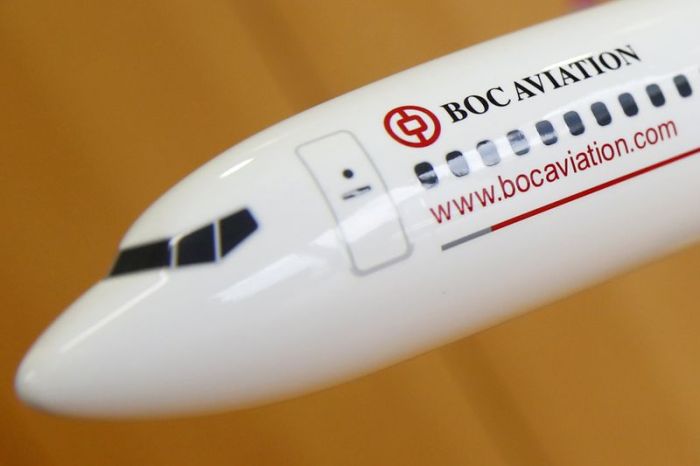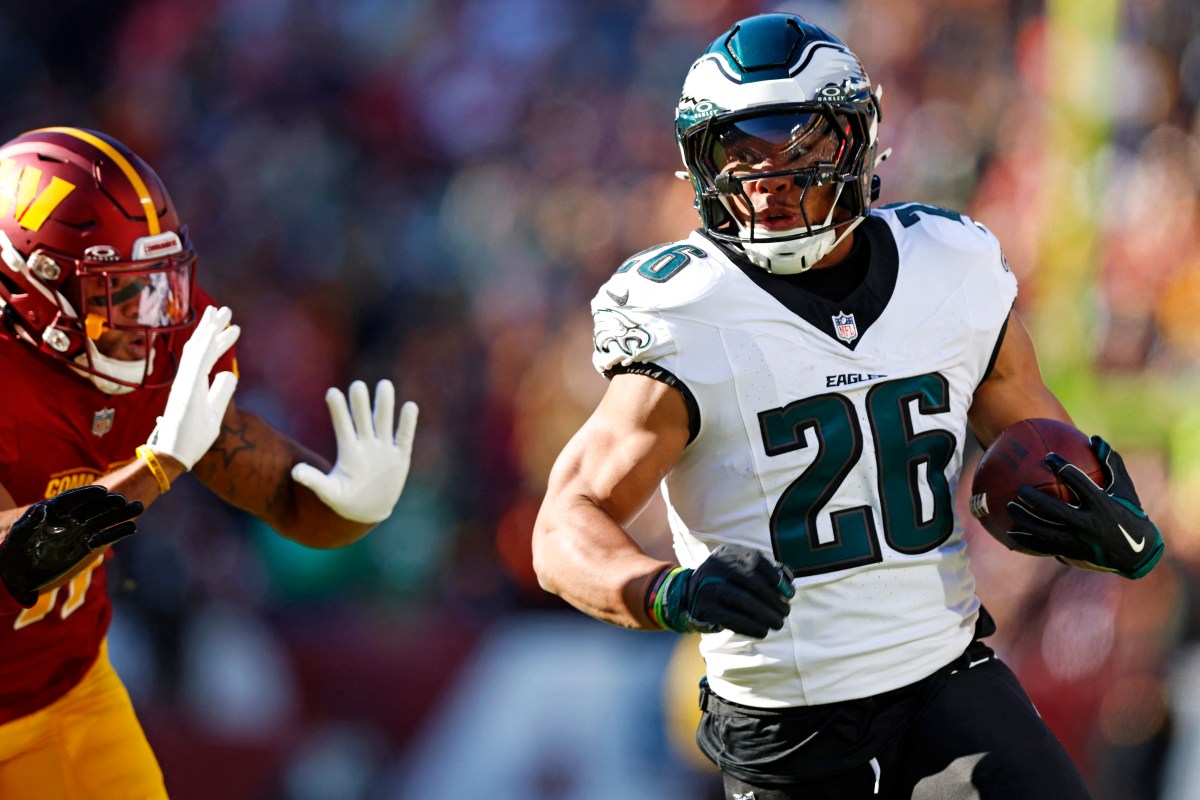NEW YORK (Reuters) – Harold Quintana sat nearly alone on a recent spring morning in New York City’s Bryant Park, jotting down notes at a table overlooking the almost empty surroundings.
Normally filled on warm spring days with tourists or office workers taking a break, the park near busy Times Square has fallen into a state of stillness as has the entire city of more than eight million people who have been told to mostly remain indoors for the past two months.
But the empty spaces of Manhattan have also offered residents like Quintana a respite – quiet corners, vacant benches, wide open lawns where they can find at least a measure of relief from the strains of the pandemic.
“It’s actually nice to relax, get out and not see that many people,” Quintana, 50, said in an interview at Bryant Park last week. A fitness professional, Quintana has suddenly found himself without a job and has been waiting weeks for his unemployment claim to be processed.
The new coronavirus has ravaged New York City, the epicenter of the outbreak in the United States, claiming the lives of at least 20,000 people, crushing its economy and forcing hundreds of thousands out of work.
The shuttered stores, deserted skyscraper office buildings and nearly vacant subway cars serve as stark daily reminders of how much New York has changed in just a matter of weeks.
Vehicle traffic has plummeted nearly 90% in Manhattan since early March, according to transportation data firm StreetLight Data. Grand Central Station and Pennsylvania Station are nearly deserted; Broadway theaters remain closed. So, too, do the major tourist sites.
Still, the city can bring moments of bittersweet joy. Take recent college graduate Kevin Ramirez, who cherished walking his dog outside the shuttered Museum of Metropolitan Art where scattered joggers and dog walkers have replaced the crowds on the museum’s stairs.
“It’s a nice thing, I can finally just enjoy the scenery without people everywhere,” said Ramirez, 21.
Or Doug Witte, 23, who said he enjoyed riding his skateboard in the much lighter traffic. “It is strange to have the streets not as full with cars … which is nice for riding around.”
Sitting on a bench in Union Square Park, Witte added: “There definitely is this weird kind of surreal feeling of everyone being … a little bit on edge.”
New York City Mayor Bill de Blasio said on Monday that restrictions on social life and non-essential businesses will likely remain in place until next month as Governor Andrew Cuomo announced that three regions in New York state could start reopening their economies this weekend.
In Times Square, one of the city’s most crowded areas with nearly constant traffic and pedestrian congestion, three off-duty healthcare workers were among the few people snapping photos of the stories-high, neon-lit billboards.
Respiratory therapists Jessica Kibbee, Patrick Chavis and Andres Caja had recently traveled from Kansas, North Carolina and Las Vegas respectively to work in a New Jersey hospital during the outbreak.
“It’s definitely not what I expected,” Kibbee, 34, said on her first visit to New York. “It’s beautiful here, I don’t know if I would be okay with it when it’s packed.”
(Reporting by Maria Caspani, Editing by Grant McCool)

